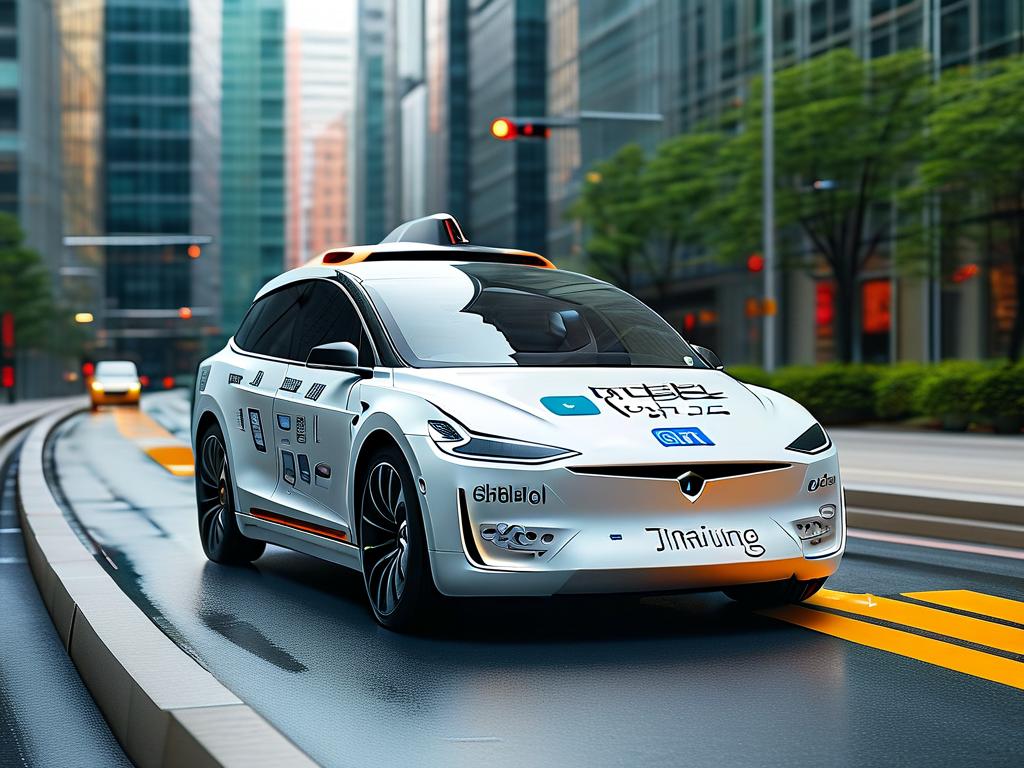From data sorting to machine learning, algorithms form the backbone of modern computing. Their efficiency often depends on the computational resources they consume, creating a delicate balance between speed and resource allocation. This article explores the computational demands of widely-used algorithms and what makes some inherently more power-hungry than others.

1. Sorting Algorithms
Sorting operations demonstrate clear differences in computational needs. Bubble sort, with its O(n²) complexity, becomes impractical for datasets exceeding 10,000 elements, requiring 100 million operations. In contrast, merge sort (O(n log n)) handles the same data with just 132,000 operations. Real-world implementations reveal deeper nuances:
# QuickSort example
def quicksort(arr):
if len(arr) <= 1:
return arr
pivot = arr[len(arr)//2]
left = [x for x in arr if x < pivot]
middle = [x for x in arr if x == pivot]
right = [x for x in arr if x > pivot]
return quicksort(left) + middle + quicksort(right)
While efficient, recursive implementations like this consume stack memory proportional to log n, unlike in-place algorithms like heapsort.
2. Graph Algorithms
Pathfinding algorithms show dramatic computational variances. Dijkstra's algorithm (O(E + V log V)) efficiently finds shortest paths using priority queues, whereas Floyd-Warshall's O(V³) approach becomes prohibitive for networks with over 1,000 nodes. Modern GPS systems optimize this using hierarchical partitioning, reducing real-world road network computations by 80% compared to textbook implementations.
3. Machine Learning Models
Computational costs explode in AI domains. Training a basic linear regression model might require 10³ floating-point operations (FLOPs), while contemporary language models like GPT-4 demand 10²⁵ FLOPs. Matrix multiplication dominates these costs, accounting for 95% of training time in neural networks. Specialized hardware like TPUs accelerates these operations through parallelized tensor processing, achieving 100x speedups over conventional GPUs.
4. Cryptographic Algorithms
Security protocols impose unique computational constraints. SHA-256 hashing requires consistent 10-20 cycles/byte across processors, while RSA-2048 encryption needs 1 million cycles for a single 2048-bit operation. Quantum computing threatens to upend this landscape: Shor's algorithm could factor 2048-bit numbers in hours using quantum circuits, versus millennia on classical computers.
Factors Influencing Computational Load
Three primary elements dictate algorithmic power requirements:
- Time Complexity: Big O notation predicts scaling behavior
- Space Complexity: Memory access patterns affect cache utilization
- Parallelizability: SIMD operations and GPU offloading potential
Genetic algorithms exemplify adaptive resource usage. A population of 1,000 solutions evolving over 500 generations performs 500,000 fitness evaluations, but clever niching techniques can reduce this by 40% without sacrificing solution quality.
Optimization Techniques
Developers employ various strategies to manage computational loads:
- Memoization: Trading memory for recomputation costs
- Approximation: Using probabilistic data structures like Bloom filters
- Hardware Acceleration: Implementing critical paths in FPGA or ASIC
The choice of programming language also impacts performance. A NumPy-based matrix inversion in Python can outperform naive C++ implementations by leveraging optimized BLAS libraries, demonstrating how abstraction layers sometimes enhance efficiency.
Future Directions
Emerging technologies continue reshaping computational demands. Photonic computing promises 10x energy reduction for Fourier transforms crucial in signal processing. Neuromorphic chips may revolutionize pattern recognition tasks, mimicking biological neural networks' energy efficiency.
Understanding algorithmic computational requirements remains crucial for sustainable technology development. As datasets grow exponentially, optimizing both algorithms and their implementations will determine what computational challenges remain tractable in the coming decades.









